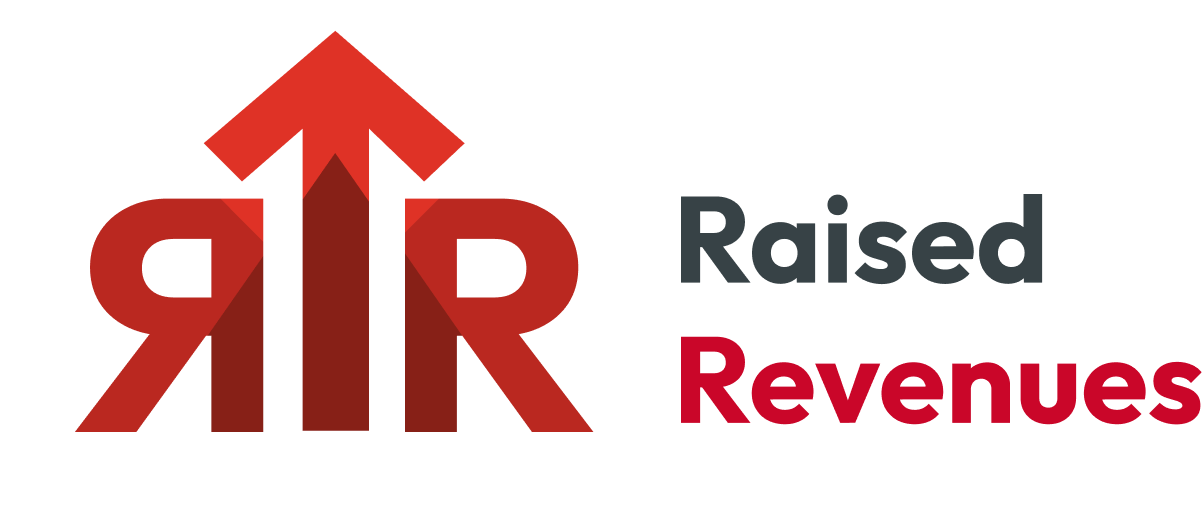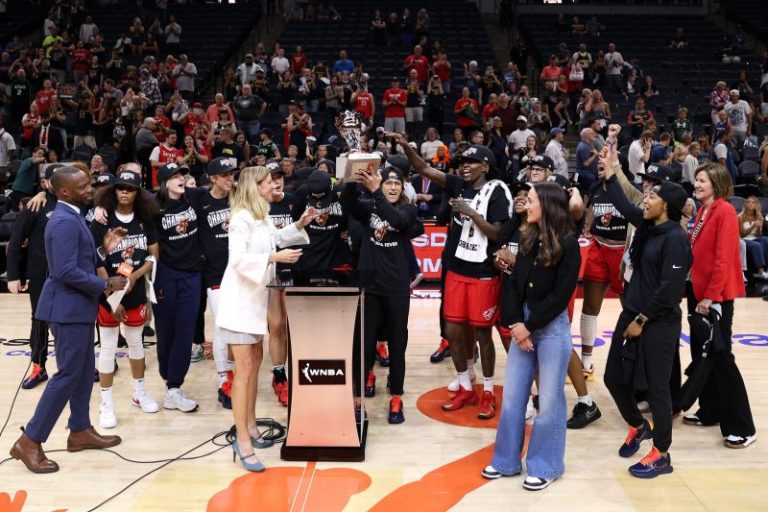Stars across the WNBA, including Indiana Fever guard Caitlin Clark, recently called out Cathy Engelbert. The direct messages to the WNBA commissioner have a common theme: We deserve more.
The WNBA has experienced unprecedented growth over the last three seasons. The current trajectory, which includes continual waves of record-breaking numbers, is converging in real-time with the ongoing collective bargaining agreement (CBA) negotiations between the league and the Women’s National Basketball Players Association (WNBPA).
The WNBPA has made it clear that among the many things players deserve, more money is at the top of the list. Clark, who rarely speaks on the subject, called out Engelbert after the Fever’s Commissioner’s Cup championship regarding the current pay structure that players receive.
“We get more for [the Commissioner’s Cup] than you do if you’re a [WNBA] champion. Makes no sense,’ Clark said. ‘Someone tell Cathy [Engelbert] to help us out.”
Players receive bonus money for marquee events like the Commissioner’s Cup and the WNBA Finals, but the disparity between the pots of money is bewildering. The Fever’s win on July 1 netted Indiana $500,000 to be split among the team. However, the New York Liberty, which won its first championship last October, got only $250,000 to share.
The Minnesota Lynx, who lost to New York in the finals, got much less.
‘Once our paycheck stops after regular season, and we go into playoff basketball, honestly, you’re just playing for pride at that point,’ Lynx star Courtney Williams said flatly. ‘We made it to the finals, bro, and making it to the last two teams of the finals, we got $3,000. Three thousand. That was the bonus to make it to the end.’
Several factors go into why player salaries are so low for WNBA athletes, including revenue and the percentage earned from the league’s current media rights deal. However, as long as the WNBA continues to trend upward, there will be increased pressure on Engelbert and league leadership to bring more to the table during CBA negotiations.
Players have already seen glimpses of what it looks like to have support. Current teams have made improvements to training facilities, arenas and resources. Franchises like the Golden State Valkyries, which began their inaugural season with top-end support for their players, have now become the baseline for expansion teams.
“The games have been really insane when you look at their crowd, and also when you look at what they’ve built, like, their infrastructure with their arena and everything they’ve done to make it feel like every game is a playoff game and create that atmosphere … They’re doing it right,’ Seattle Storm forward Gabby Williams told USA TODAY.
Outside entities, like U.S.-based 3×3 basketball league Unrivaled, have also made it harder for the WNBA to delay in providing the best for its players. Unrivaled’s economic model was created to not only keep players stateside during the offseason but to pay them accordingly. The average Unrivaled salary for the league’s three-month season is $220,000, which is $100,000 more than the WNBA’s reported average salary ($119,590). Williams, who has spoken in the past about the WNBA’s prioritization clause as it relates to player salaries, praised Unrivaled for turning up the heat on the WNBA.
“Prioritization would make more sense if the salaries were higher. It’s hard to make prioritization a thing when we’re still paid much better overseas. It’s amazing that we now have Unrivaled,’ she revealed. ‘The WNBA owes a huge thank you to them. … Unrivaled has actually saved a lot of WNBA players and a lot of WNBA teams from not having players there on time because our contracts just aren’t enough to commit for a full season and nothing else here.”
Williams’ words strike a different chord, one not previously heard before, just days after the WNBA officially shared its first CBA offer with the players’ association. Her candor seemingly aligns with her colleagues, including Phoenix Mercury forward Satou Sabally, who has been particularly critical of Engelbert and the WNBA regarding major decisions amid ongoing growth. Sabally’s stance regarding the league’s missteps hasn’t changed; in fact, her voice has only gotten louder.
‘We can focus on our players. We recently got a proposal from the league, which was, honestly, a slap in the face. We really have to put an emphasis on the players that are in our league right now,’ Sabally shared during a scathing callout.
WNBPA vice president and New York Liberty forward Breanna Stewart echoed Sabally’s assessment of the ongoing negotiations, shedding light on how far the two sides remain apart ahead of scheduled meetings during WNBA All-Star weekend.
‘Anytime you go back and forth, you’re not expecting to hear that ‘yes’ on the first (proposal), but you’re expecting to have a conversation,’ Stewart said on July 3. ‘They kind of just ignored everything we said.’
Two days later, Stewart lamented the progress again.
“It’s like, we’re not even talking about the same thing right now. We’re talking about X’s and O’s at this point and completely different sides of the game.”

